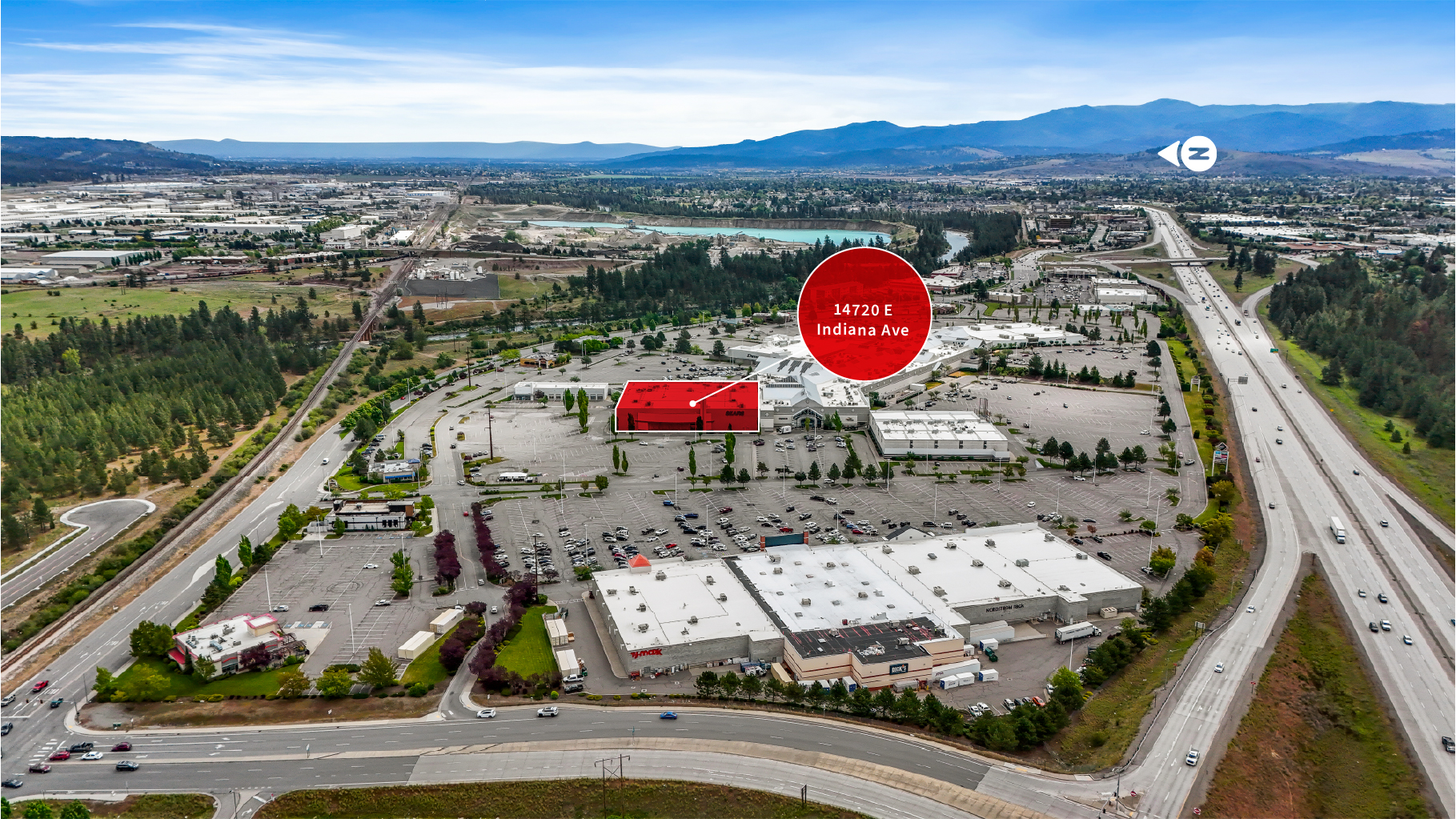How is Asia Pacific’s retail thinking outside the box?
Retailers and mall landlords are scaling digital efforts after a year where brick-and-mortar operations took a hit
When times get tough, the tough go digital.
The last year has been difficult for retailers to say the least, with footfall in malls and credit-card spending data all pointing to a decline in retail spending.
In Asia Pacific, where the pandemic is more contained than other regions, retailers are moving quickly to try new concepts and accelerate efforts for long-term trends such as live-stream shopping, digital replicas and dark stores.
“Retailers have to continue to adjust their operations to navigate the uncertain outlook,” says Carol Hodgson, Senior Director of Research, JLL.
It remains to be seen if all these changes will stick even after COVID-19 is contained. However, others like life-streaming and mass digitalization have become firmly entrenched as part of the new retail landscape.
Live-streaming in China
In China, live-stream shopping exploded during lockdown, in part driven by its success in providing a platform that physical retail stores needed. Even big stars like Taylor Swift have joined celebrity live-streamers, which help bring in the virtual crowds.
Coresight Research has estimated that livestreaming in China will bring in about US$125 billion in sales in 2020 compared to US$63 billion in 2019. Singles Day in November this year saw Alibaba rake in a record US$74 billion.
“Live streaming has shown that it can easily translate to an offline to online experience for retailers,” says Ellen Wei, Head of Retail, JLL China. “Live streaming could a viable alternative platform for many stores going forward.”
Digital Singapore
The online experience is also where malls in Singapore are heading. Despite having a digital presence for years to appeal to local shoppers, malls in Singapore are finally going regional by tying up with big online players such as Shopee and Lazada.
Marina Square, a mall at Singapore’s Marina Bay area, became the first mall in the city-state to have a virtual replica. It opened its so-called e-store on online-shopping platform Lazada, starting with 30 of its tenants.
Major mall owner CapitaLand has collaborated with homegrown shopping unicorn Shopee to use its app to boost traffic and engagement to six CapitaLand malls, while recreating the experience of outlet shopping at popular IMM outlet mall in the app.
Looking for more insights? Never miss an update.
The latest news, insights and opportunities from global commercial real estate markets straight to your inbox.
“Shopee and Lazada have huge captive audiences who use their apps regularly. While malls in Singapore usually have their own apps, having a collaboration these regional tech partners will expose them to new audiences and allow them engage customers differently,” says Lee Siew Ling, Director of Retail, JLL Singapore.
New shopping habits in Hong Kong and Australia
Hong Kong – a dense city with a population that adores shopping in stores – has taken to click-and-collect as more consumers switch to shopping online. For instance, ecommerce company HKTVMALL launched more than 100 new click-and-collect points during the pandemic.
“Ecommerce was slow to take root in Hong Kong due to the city’s dense compact nature where consumers preferred going into a mall to shop. Even during the lockdown, consumers preferred to pick them up themselves instead of waiting for a few days for delivery,” says Oliver Tong, Head of Retail, JLL Hong Kong and Macau. “The trend stuck because Hong Kongers simply preferred popping into a store to pick something up even though they may have made the purchases online.”
Investment Opportunities
It is a similar story in Australia where COVID-19 forced some of Australia’s biggest retailers like Kmart to pivot by turning their stores into dark stores for drive –through or click and collect to fulfil online orders.
“We might see more existing stores repurposed to become dark stores and dedicated dark stores spring up in residential neighbourhoods as strategic hubs to service populous areas. Fulfilling from these locations would reduce transport costs and provide quicker service,” says Peter Blade, head of industrial, Western Sydney, JLL.
Contact Ryan Severino
Chief Economist, JLL, AmericasWhat’s your investment ambition?
Uncover opportunities and capital sources all over the world and discover how we can help you achieve your investment goals.




